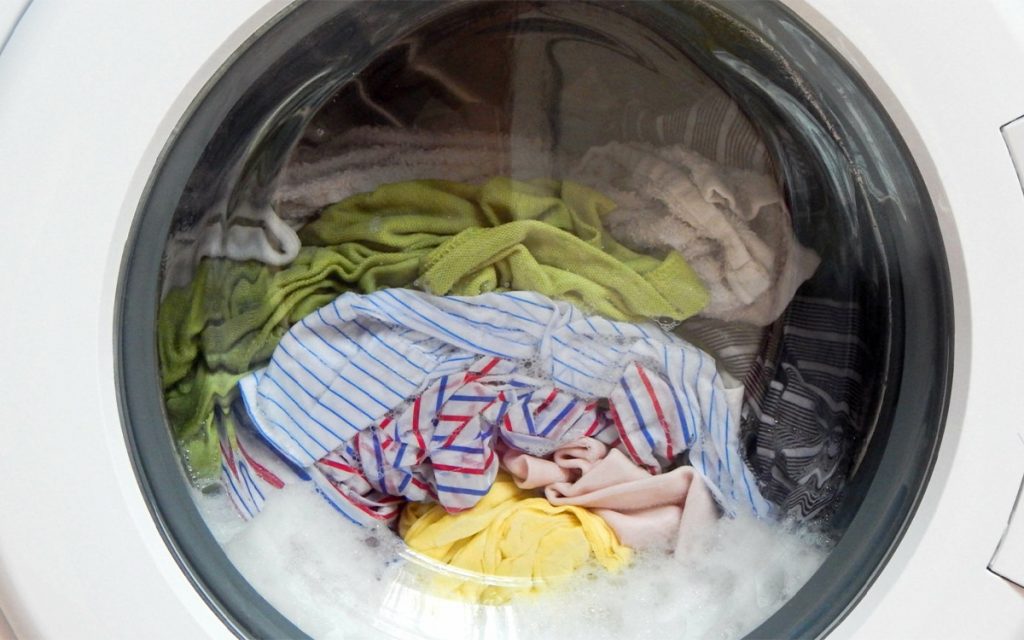All swimmers have heard the words: “rotate more” during their Freestyle. As coaches, we can definitely see when a swimmer is swimming “flat” on top of the water.
What is really interesting from a biomechanics perspective is some coaches opinions on rotating in Freestyle are changing. I was overseas in Australia and visiting with legendary coach, Michael Bohl. Michael (like many other coaches) is more of a proponent of swimming a flatter Freestyle.
This wasn’t the first time I’ve heard a coach say that the flatter the hips—the easier it is to increase tempo, so the point of this next series is to dissect WHY or WHY NOT rotating in Freestyle is necessary for swimmers.
Let’s get started…
The best way to describe one of the advantages of rotating in Freestyle is in a swimmer’s arm length. Let’s perform what I call the Rotation Test:
1. Arm Length (without Rotation)
- Stand looking straight forward, while extending your right arm directly out in front of you. Note your arm length.
2. Arm Length (with Rotation)
- Now, pivot on your right leg so your bellybutton is now facing left—keep your arm where it is. Note your arm length.
Test Results:
What you should have found from this test is that “on your side”–your arm length is longer, because you’ve shifted the hips. Not only is this rotation effect beneficial for a swimmer because their pulling arm has a longer distance to travel—which means a greater amount of time to generate propulsion, but a swimmer is also able to engage more muscles (i.e. a greater portion of their lats) because they start on their side and finish on their stomach.
Another way to think of rotation is like a washing machine. At the end of a washing cycle, the washer spins the clothes super fast to help whick away water from the clothes. This leaves the clothes a bit damp, but not soaking wet–so they’re easily transferred and ready for the dryer.

Rotating in Freestyle is similar in a sense that your body (at every given point during the rotation) is whicking away water from the body. At a certain point in the Freestyle pull, the body rotates towards the pulling arm which combines the water moving backwards by the hand, with the water moving away from the body. In reality, this combination of water bubbles causes a swimmer to move more water than they would normally, because they’re combining these two water pockets and pushing it backwards, versus just one of these pockets alone.
Some biomechanists refer to this as a coupling motion, because a swimmer is combining these two water pockets together that they wouldn’t normally, unless the rotation is included.

The point at which this coupling motion happens is right after the catch–so about ¾ of the way down the pull. This is also in conjunction with surge point in the Freestyle stroke…guess, there is something to be said here, hey??
Next week, we will look more into the benefits of not including the rotation in the Freestyle stroke and what that does to help a swimmer swim faster. Be sure to stay tuned.
Until Next Time,
Abbie Fish
[Click here] to read Part II!

5 Responses